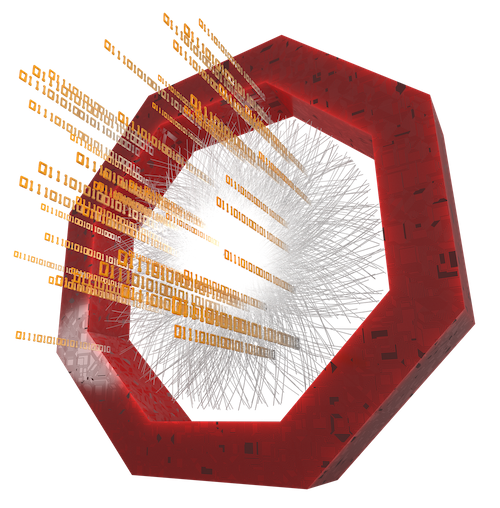Histogram Registry
Learn how to create, fill, and manage histograms and other objects
Executable: o2-analysistutorial-histogram-registry
The histogram registry is an object to create and manage histograms in a consistent and optimized way.
ROOT provides an extensive list of histogram types. So why would one create a new interface? The reason is to offload histogram/object creation and management to the analysis framework and to allow with this for optimization. It is therefore recommended to use HistogramRegistry to create and work with histograms.
The HistogramRegistry is a container for different types of ROOT histograms. The list of supported ROOT histogram types can be found in HistogramSpec.h.
The HistogramRegistry and its functionality is described in detail here.
The tutorial example demonstrates some of the functionality and the variaty of histogram types which can be used with histogramRegistry.
EtaPhiHistograms
In this task the histograms eta and phi are initialized together with the declaration of the histogramRegistry. Both histograms are of type TH1F.
struct EtaPhiHistograms {
/// Construct a registry object with direct declaration
HistogramRegistry registry{
"registry",
{
{"eta", "#eta", { HistType::kTH1F, { { 102, -2.01, 2.01 } } } },
{"phi", "#varphi", { HistType::kTH1F, { { 100, 0., 2. * M_PI } } } }
}
};
In order to access a histogram included in a histogramRegistry the histogram pointer is retrieved with the templated get method. The returned pointers is a ROOT histogram with all its manipulation methods.
void process(aod::Tracks const& tracks)
{
for (auto& track : tracks) {
registry.get<TH1>(HIST("eta"))->Fill(track.eta());
registry.get<TH1>(HIST("phi"))->Fill(track.phi());
}
}
};
FilteredHistograms
The histogramRegistry comes with its own fill method. This takes tables as input and allows to apply filters.
struct FilteredHistograms {
.
.
.
void process(aod::Tracks const& tracks)
{
registry.fill<aod::track::Eta>(HIST("eta"), tracks, aod::track::eta > 0.0f);
registry.fill<aod::track::Pt, aod::track::Pt>(HIST("ptToPt"), tracks, aod::track::pt < 5.0f);
}
};
DimensionTest
Demonstration of the various types of supported histograms. Histograms can be specified as part of the declaration of the HistogramRegistry, but can also be added later.
RealisticExample
The characteristics of a histogram is declared as HistogramConfigSpec, which on its part contains a set of axes declarations (AxisSpec). Declared HistogramConfigSpecs and AxisSpecs can be reused to define different histograms. addClone is an other method to replicate single histograms or entire groups of histograms. Histogram and axes declaration are typically in the init() function.
void init(o2::framework::InitContext&)
{
std::vector<double> ptBinning = {0.0, 0.1, 0.2, 0.3, 0.4, 0.5, 0.6, 0.7, 0.8, 0.9, 1.0,
std::vector<double> centBinning = {0., 30., 60., 90.};
AxisSpec ptAxis = {ptBinning, "#it{p}_{T} (GeV/c)"};
AxisSpec centAxis = {centBinning, "centrality"};
AxisSpec etaAxis = {5, -0.8, 0.8, "#eta"};
AxisSpec phiAxis = {4, 0., 2. * M_PI, "#phi"};
const int nCuts = 5;
AxisSpec cutAxis = {nCuts, -0.5, nCuts - 0.5, "cut setting"};
HistogramConfigSpec defaultParticleHist({HistType::kTHnF, {ptAxis, etaAxis, centAxis, cutAxis}});
.
.
spectra.add("sigmas", "Sigmas", defaultParticleHist);
.
.
// clone single histograms
spectra.addClone("sigmas", "cascades");
.
}
